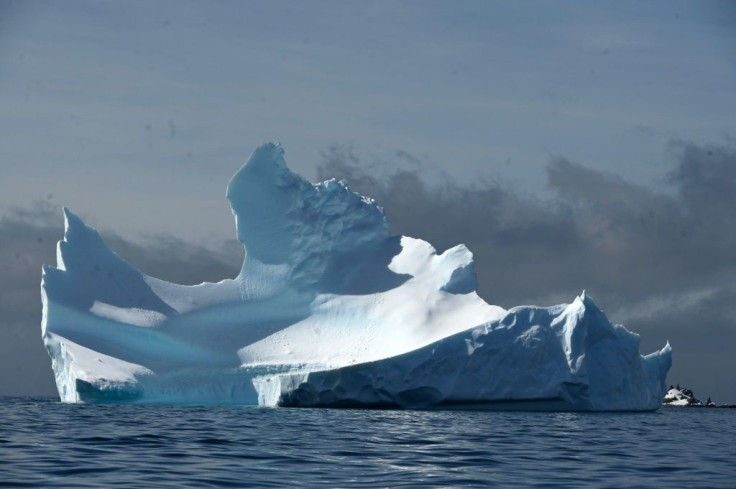‘Green Snow’ Could Cover Antarctica Coast As Global Warming Continues, Researchers Warn
KEY POINTS
- "Green snow" could cover large portions of Antarctica
- Algal blooms triggered by warming temperatures formed "green snow"
- Presence of algal blooms could affect Antarctica's biodiversity
Researchers warned that large portions of Antarctica could be covered in “green snow” due to increasing global temperatures. According to the researchers, this could affect animal diversity in the region.
The study regarding the “green snow” was conducted by researchers from the U.K. using ground observations and satellite data. Their findings were presented in a new paper published in the journal Nature Communications.
According to the researchers, the “green snow” appearing in patches along the Antarctic Peninsula was actually triggered by algal blooms. These usually appear as algae form on top of the snow in areas that have warmer temperatures. Records indicate that algal blooms in the Antarctic usually appear between November and February.
Algal blooms play a huge role in the regulation of carbon dioxide. It removes carbon dioxide in the atmosphere through a process known as photosynthesis. However, since algal blooms tend to cover large spaces, they tend to affect the natural habitats of certain animals.
In a recent study, researchers identified over 1,500 algal blooms across Antarctica. Based on current data, the algal blooms might expand further north due to the increasing global temperatures.
If global warming continues, the researchers noted that more algal blooms might appear in Antarctica. Their presence over land could affect the natural habitats of certain animals, such as bird colonies in the region.
“Bloom area and elevation were observed to increase at lower latitudes, suggesting that parallel expansion of bloom area on larger landmasses, close to bird or seal colonies, is likely,” the researchers wrote in their study.
As noted by the researchers, since algal blooms in Antarctica are happening over land instead of bodies of water, a significant loss of snow could occur in the region. Also, the presence of large patches of algae could limit the areas where animals can live in.
“With multiple and often unknown species recorded within patches of green snow algae, and little known about the dispersal mechanisms, life cycles and plasticity of snow algal species, losses from these islands could represent a reduction of terrestrial diversity for the Antarctic Peninsula,” the researchers wrote in their study.

© Copyright IBTimes 2024. All rights reserved.





















